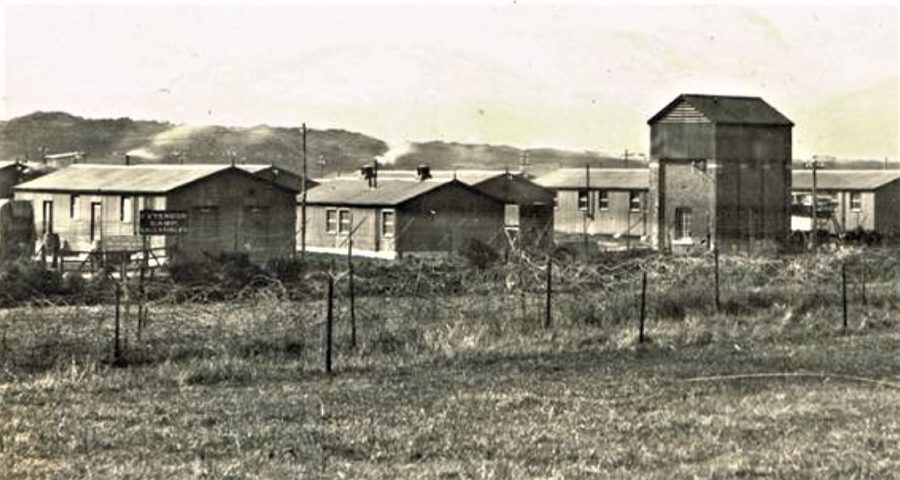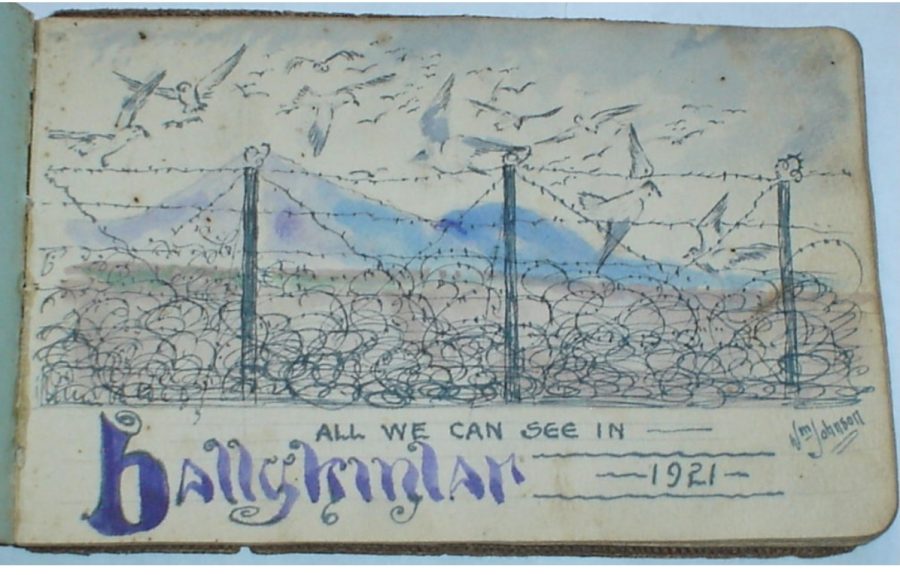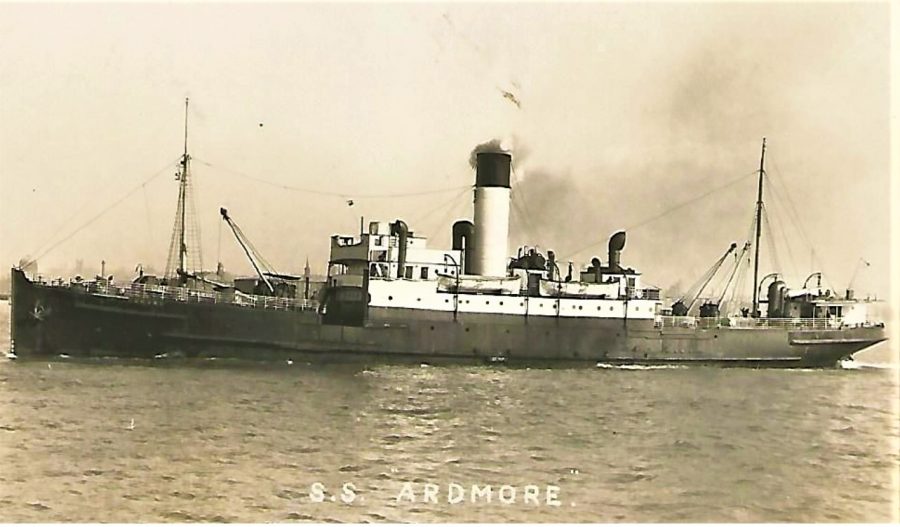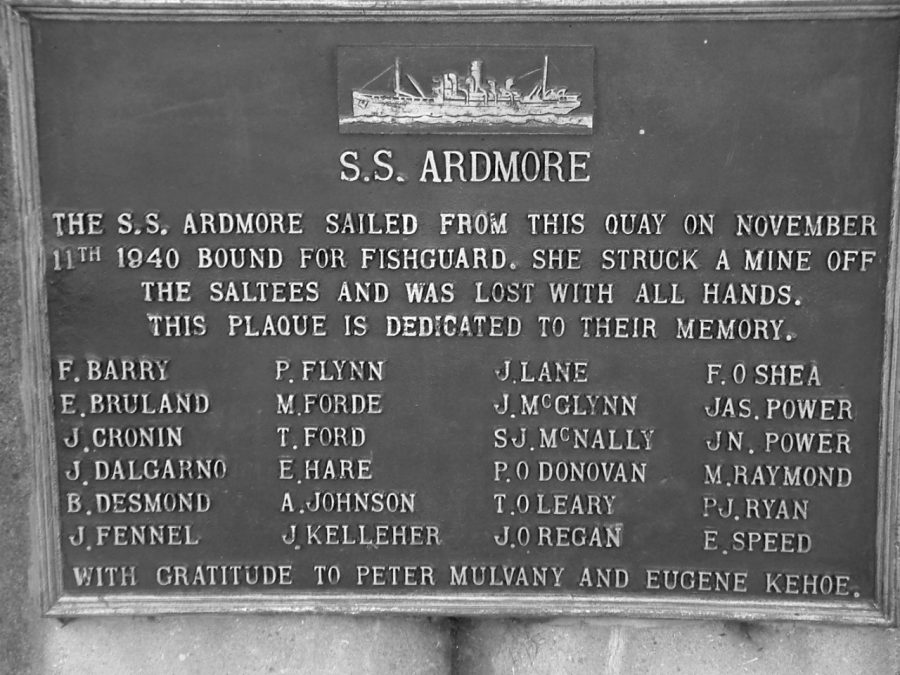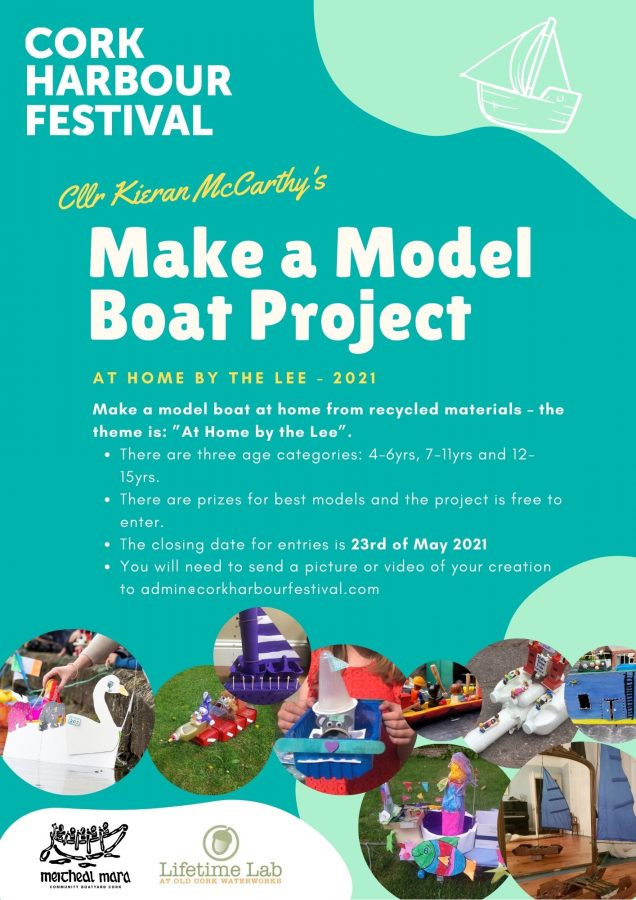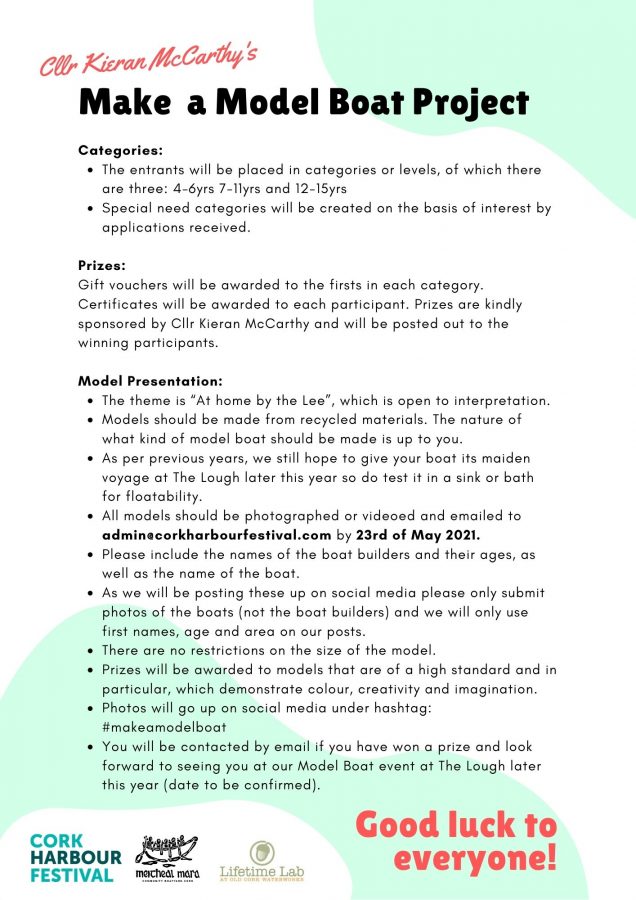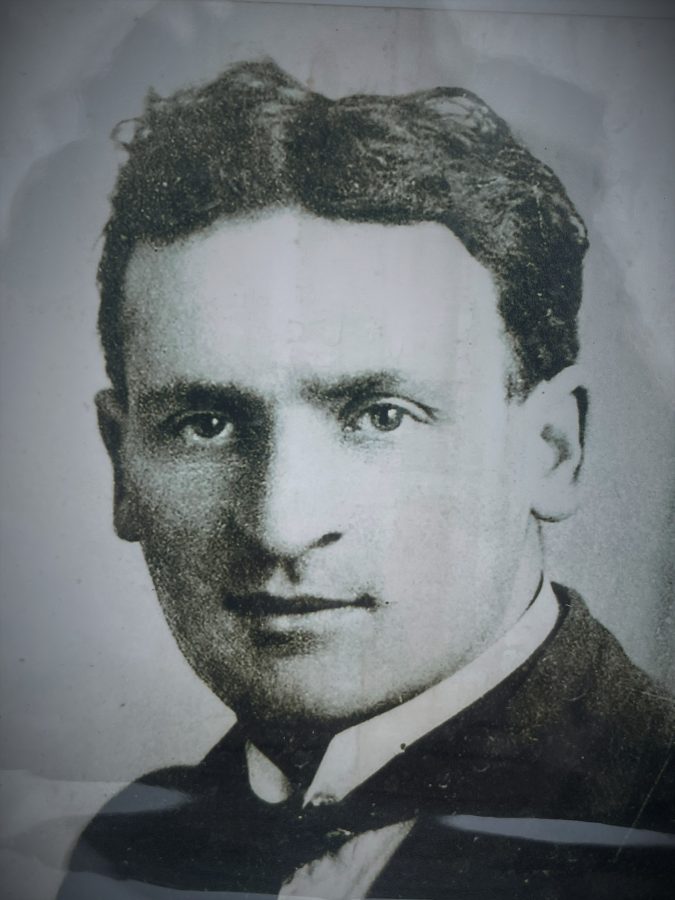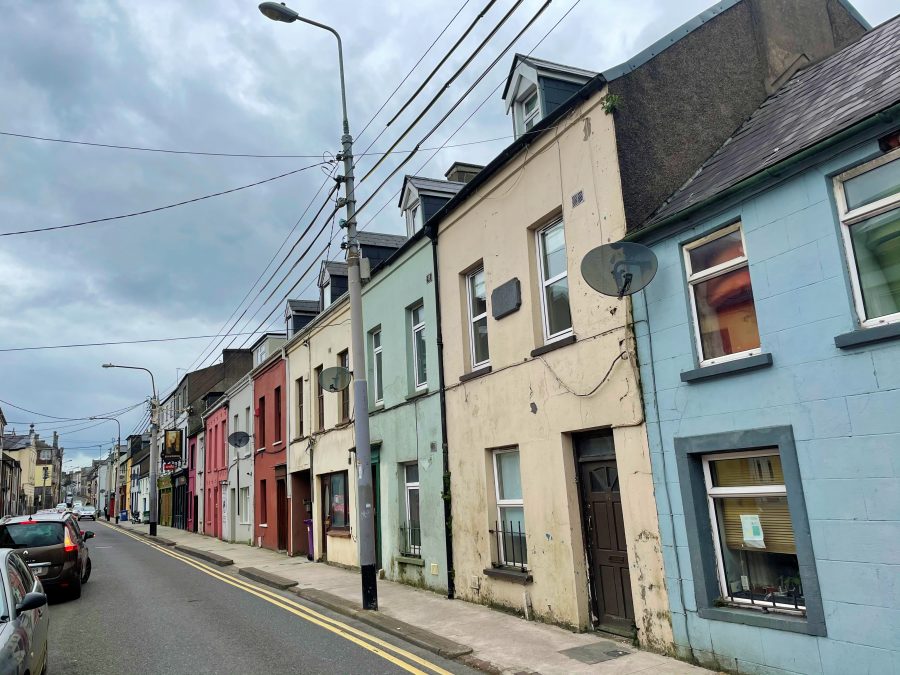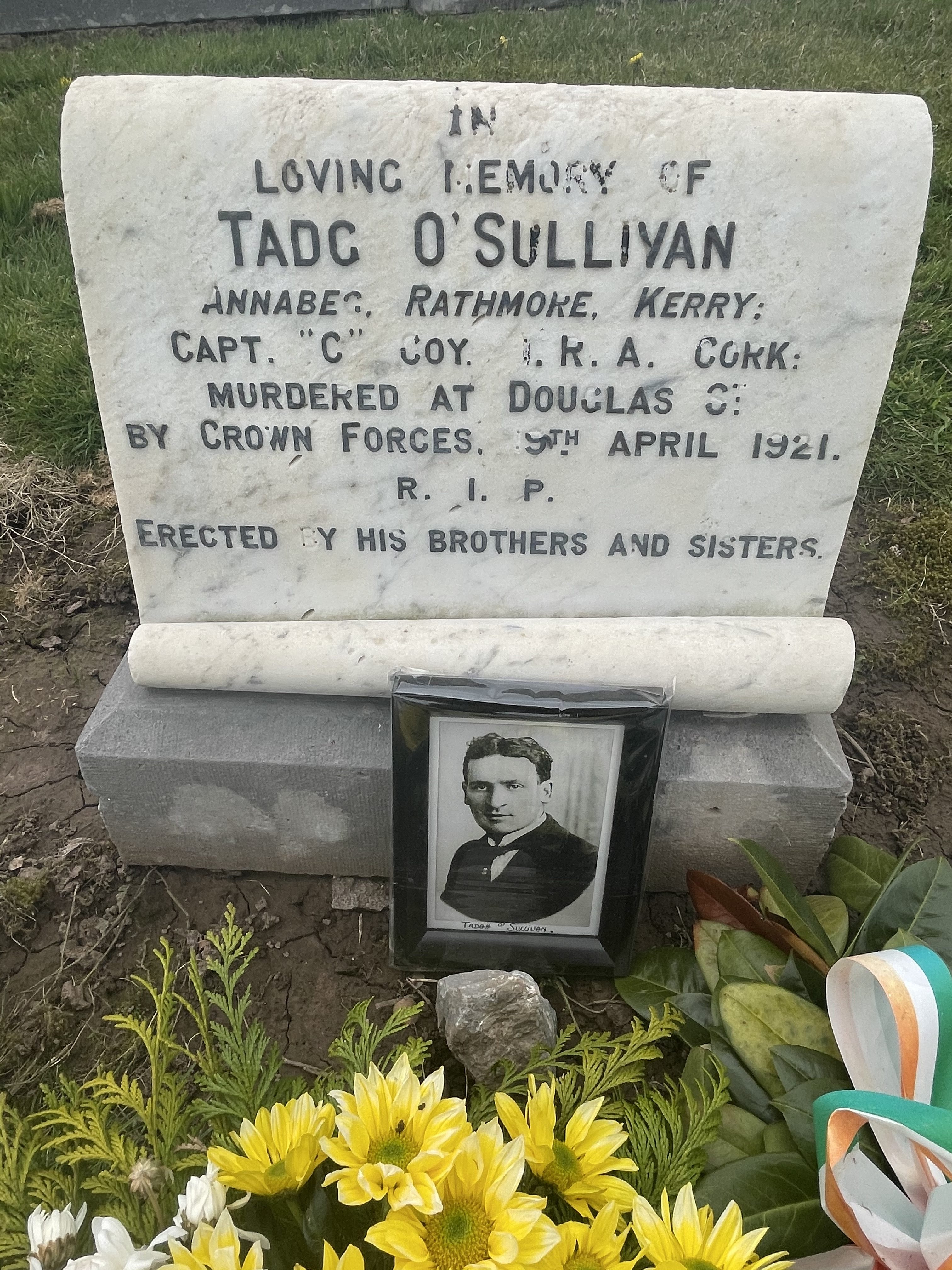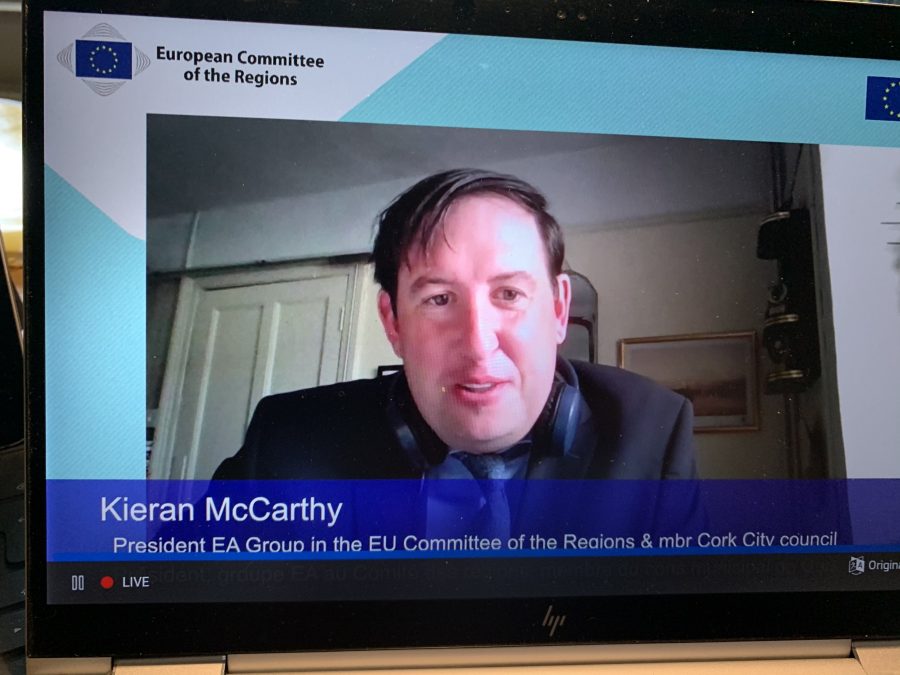
Europe Day is upon us once again. Traditionally, the 9 May is marked by senior European politicians recalling the history of the EU, its treaties, coupled with the EU’s added value and solidarity, and outlining the priorities and challenges of the EU in the modern world.
The European Committee of the Regions (COR) remains at the heart of the EU narrative. It is an assembly of local and regional politicians from across the 27 member states. Through my membership, I have been involved in many discussions on the frontline role of the EU’s cities and the 281 regions in how they approach issues from poverty to climate change, from enterprise to connectivity and how they faced down the COVID pandemic. The crucial role of local and regional government is plain to see. I have seen first-hand the importance of sharing knowledge and experience to help each other, create more sustainable cities, towns and regions and to feed into present and EU future policy areas.
On this year’s St Patrick’s Day, Cork City Council projected onto the old concrete R & H Hall grain silo in Cork’s South docks an old Irish proverb. It ran – “ar scáth a chéile a mhaireann na daoine” – which means – it is in each other’s shadow we live – which invokes the sense of community and interdependence. And it is clear that both the member state and the local and regional authority both live in each shadow and both are dependent on each other. Consistently the COR asks to be partner with the European Council and seeks to bring the idea of community back to the top table in Brussels and Strasbourg.
Resilience and solidarity, more so than ever before, are needed across the EU in the next few months as European cities and regions continue the massive task of organising vaccinations.
The battle with the pandemic is, of course, not over yet and there are still many challenges ahead. In the first place, a fine balance between, on the one hand, the measures we need to take to limit the spreading of the virus as much as possible, and on the other, the strong need of many of our businesses to go back to work and the long-awaited wish of our citizens to go back to normal life and to enjoy their social life and freedom of movement freely. We also need to look towards recovery and ensure that it is felt across all sectors of society. It is my belief and that of the Committee of the Regions that regional and local government needs to be to the forefront of national recovery and resilience plans.
Local and Regional governments are on the frontline in building the future of Europe. We are the story builders, strategy builders, the capacity builders. We build ideas from scratch and bring them to life. We are more than the sum of our parts. If you empower the Regions the EU will be a success.
In the past year I have been fortunate to be President of the European Alliance political grouping with the COR. In the past few weeks with my secretariat, I have organised events focussing on the bigger picture challenges of recovery in the post pandemic. Most recently we have explored the impact on tourism and on regional airports. We also organised a very interesting event “Preserving ‘PEACE’ on the island of Ireland”. The PEACE programme is vital to ensure cross-community project development in Northern Ireland and to avoid a border on the island of Ireland.
My group’s members are continuing to focus on topics ranging from green recovery to rural revival, from smart specialisation to SME development, from Cohesion Policy critique to urban policy – to name but a few. We continue to push these positive priorities for the benefit of our regions. There is much to learn from each other.
I have also been very proud to see Cork City Council’s involvement in an array of EU co-operation programmes. In 2019, CCC appointed a full-time EU Affairs Coordinator, Ronan Gingles, to facilitate and fully inform access to quality engagement in EU opportunities and initiatives. The role has a whole-of-organisation remit to support European activity that clearly contributes to and informs Cork City Council’s objectives and the development of Cork as an inclusive, future-focussed, sustainable, and competitive European city of scale.
Cork City Council continues to be involved in EU projects such as URBACT, Interreg, H2020, EU Urban Agenda, Digital Cities – they all help local government to gain further perspective on how it is ahead or behind in thinking upon a topic or in the provision of infrastructure. The projects are providing opportunities to significantly broaden our horizons by means of in-depth exchange and collaboration on specific issues.
Cork City Council also currently maintains memberships of a number of European networks as a means to enhance engagement in EU activity, create interaction with peers, access to knowledge and tools, including best practice; and identify opportunities including project bids.
Europe Day this year will also coincide with the launch of the Conference on the Future of Europe. It needs to be a truly bottom up approach and local and regional government and citizens are best placed to provide clear and understandable input into the discussions. The Committee of the Regions commits to be actively involved with this process and to ensure that it leads to real benefits and tangible outcomes.
It is in each other’s shadow we live, but it is how those shadows blend together to create solidarity, to celebrate diversity and ultimately showing that the European project is leaving no one behind – that are all crucial in the European Union of today.
Independent Cllr Kieran McCarthy serves on the Irish delegation to the EU Committee of the Region in Brussels (CoR) for 2020-2024. The 329-strong body of elected representatives from across Europe’s cities and regions provides the formal mechanism for sub-national input into the EU policy process. Kieran is currently the President of the European Alliance political grouping in the CoR; read more at www.web.cor.europa.eu.
